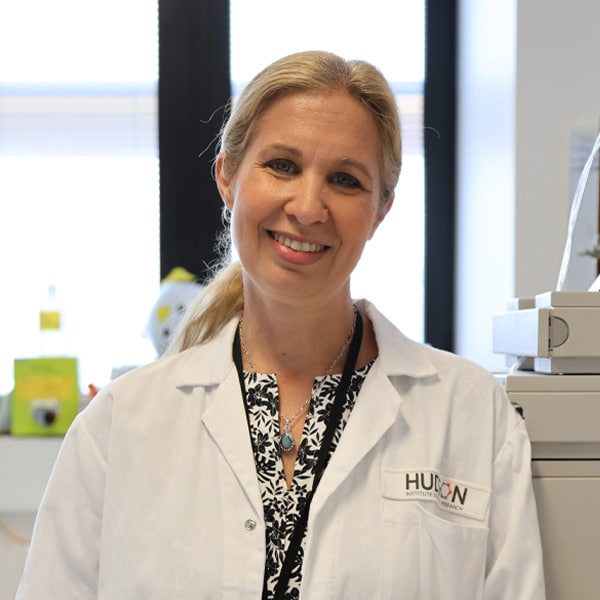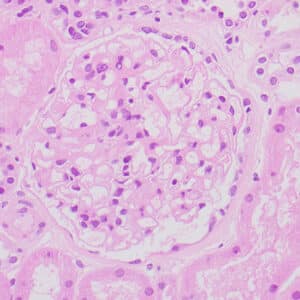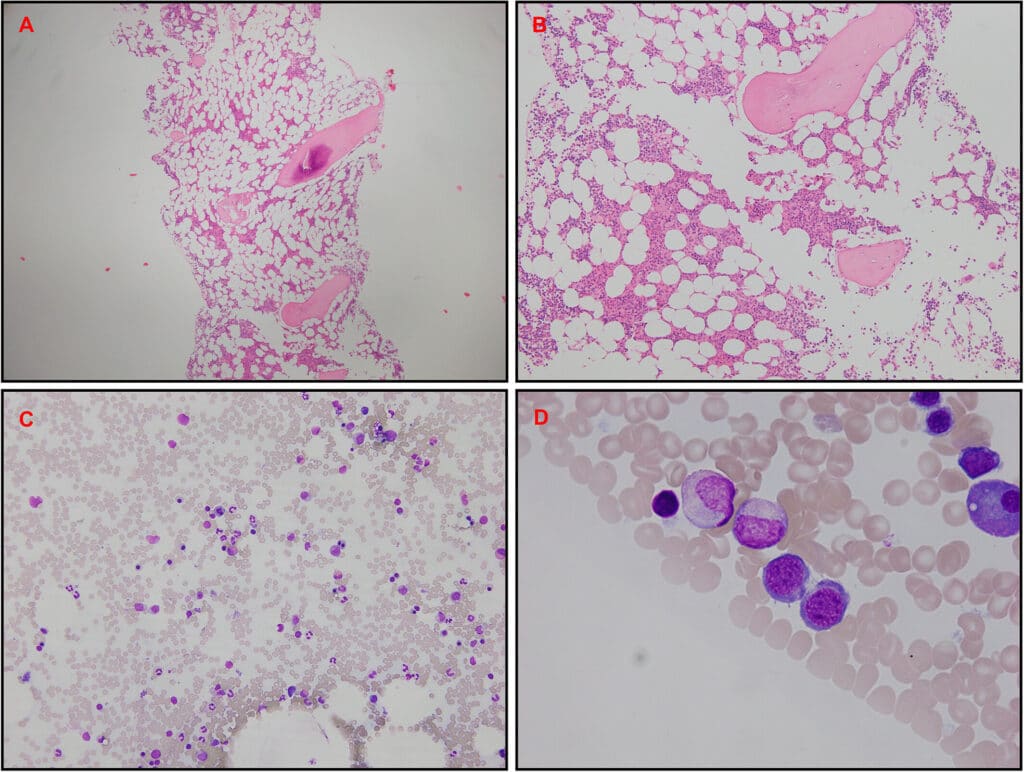A recently discovered genetic mutation could be the cause of some severe and baffling cases of osteoporosis – including in young people.

The condition called idiopathic osteoporosis (IOP) occurs in younger adults and often involves bone fractures, even in patients with no history of physical trauma.
Head of Hudson Institute’s Group, , says the condition is often challenging to diagnose and treat due to factors including a poor understanding of the underlying cause, a lack of management guidelines, and limited research in this area.
“IOP has been associated with abnormal bone structure. It is thought that IOP patients may have a yet undiscovered genetic mutation that is responsible for their severe osteoporosis and multiple fractures,” said A/Prof Milat, who is also Deputy Director of Endocrinology at Monash Health.
Genetic variant behind unexplained osteoporosis
“Our team of clinicians and scientists identified a novel RUNX1 genetic variant in a young male patient that may have caused changes in bone structure and severe osteoporosis. This patient had suffered from multiple fractures with little or no trauma.
“This genetic mutation may be the cause of some cases of unexplained severe osteoporosis in young adults,” she said.
Finding genetic link opens care and therapy options

The research was published in the journal . First author , an Advanced Trainee in Endocrinology at Monash Health, said the successful identification of underlying genetic causes of osteoporosis can lead to appropriate preventive care for patients, including surveillance and/or directed treatment to reduce the risk of a future fracture.
“This study gives insight into a potential genetic cause for unexplained severe osteoporosis and potential targeted therapy,” he said.
“In the case described, bone formation is potentially impaired by this mutation and therefore, the optimal treatment for this patient would be medications that stimulate new bone to form.”
What is idiopathic osteoporosis?
- Idiopathic osteoporosis (IOP) can adversely affect bone formation and bone resorption, often leading to abnormal bone structure and multiple atraumatic bone fractures.
- The mean age at diagnosis is 35 years and a family history of osteoporosis is common.
- The condition affects both males and females.
- Further research is needed to identify additional genetic and non-genetic causes of IOP.
Symptoms of idiopathic osteoporosis
Osteoporosis is called a ‘silent’ disease” because there are typically no symptoms until a bone is broken. Patients can present with

- Back pain
- Loss of height
- Fractures or breaks, especially in the spine, hip, or wrist
- Stooped posture
- Difficulty standing or walking.
Treatments
While there is no known cure for idiopathic osteoporosis, there are several treatment options available to help manage the condition and prevent further bone loss.
Making certain lifestyle changes can also help manage idiopathic osteoporosis. These include
- Regular exercise, particularly weight-bearing exercises
- A diet rich in calcium and vitamin D
- Quitting smoking
- Limiting alcohol consumption







